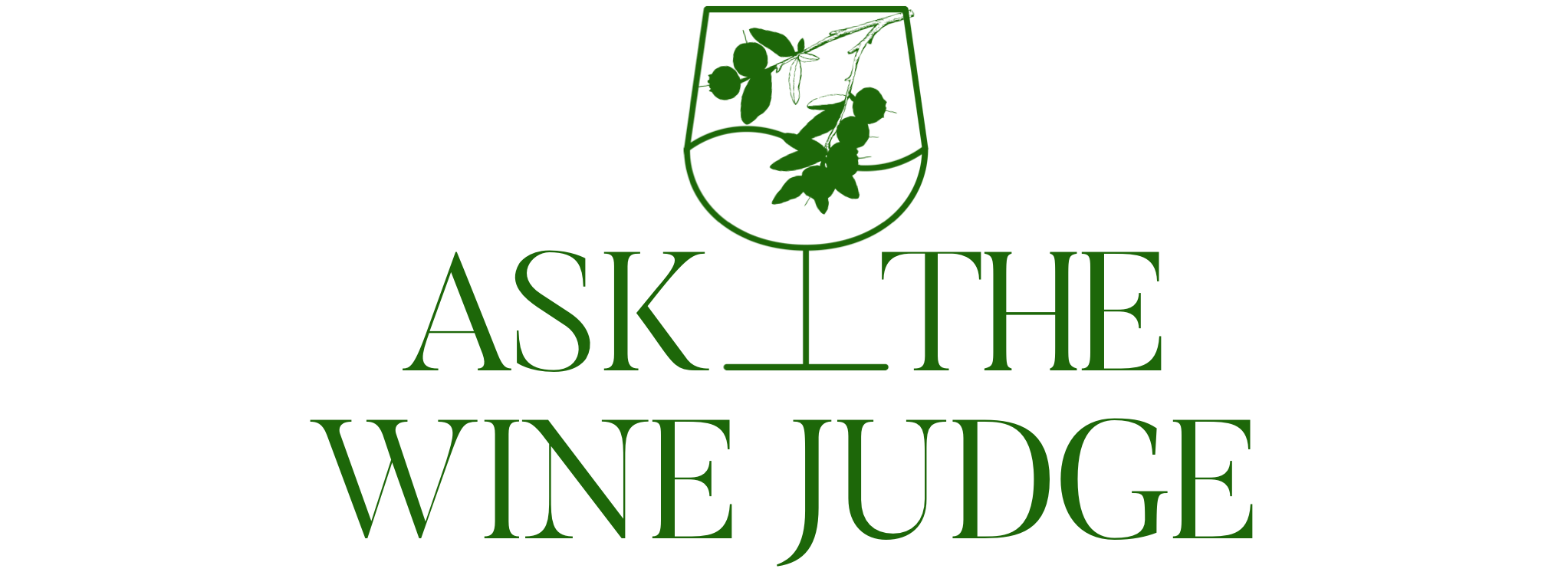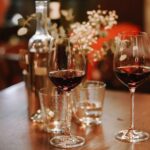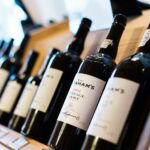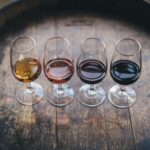Table of Contents
Have you ever wondered why some bottles of wine are saved for those extra-special occasions? It’s not just tradition; there’s science behind the idea that wine gets better with age. The aging of wine allows complex chemical reactions involving phenolic compounds, sugars, and acids to work their magic, elevating the flavors and aromas that enchant wine lovers. For instance, the phenolic content in grape varieties like Cabernet Sauvignon and Nebbiolo lends them to extended aging, resulting in a flavor that enhances over time. But not all wines are meant to be aged; lighter wines such as Sauvignon Blanc and Pinot Grigio are often enjoyed for their fresh and primary fruit characteristics.
The ancient Greeks knew the value of aging wines, crafting straw wine with high sugar content that could stand the test of time, while the Romans had their prized Falernian that could be stored for decades. Even the Bible nods to the superiority of older wine. Have you ever had the chance to taste a wine that’s been aged to perfection? What was that like for you?
3 Key Takeaways From the Topic
Firstly, the right chemical composition is critical for wines to age gracefully; it’s not just about time but also about the intricate dance of chemical compounds within the bottle. Secondly, proper wine storage is essential; without the right conditions, such as constant temperature and protection from light, wines might spoil instead of mature. Lastly, not all wines benefit from aging; many are crafted to be enjoyed soon after bottling, so always check the wine label or ask your wine seller for advice.
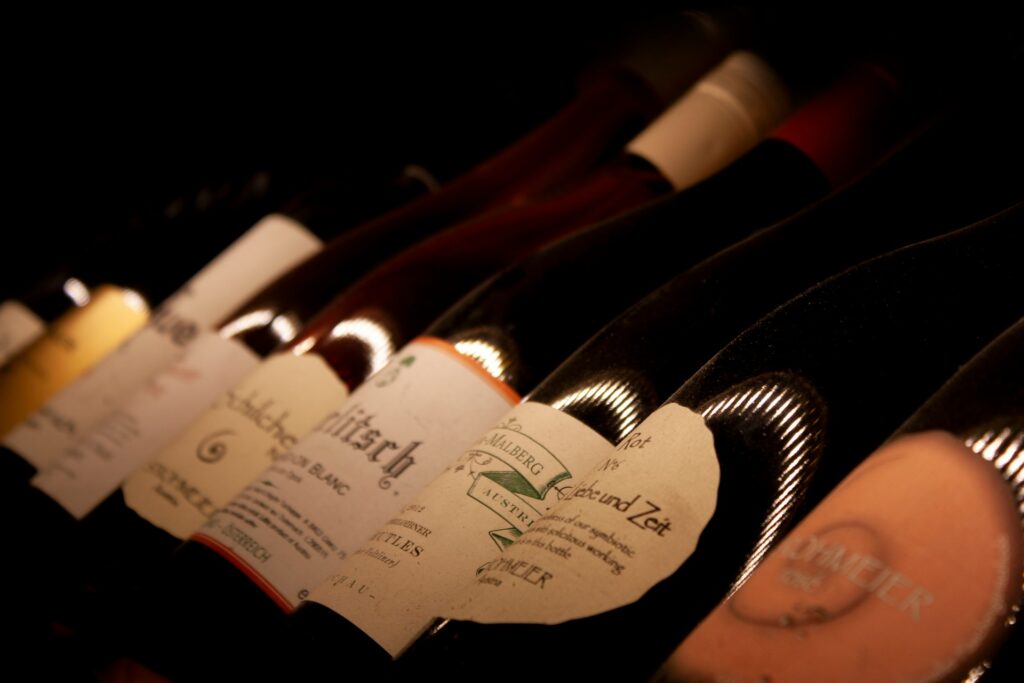
The Phenomenon of Wine Aging
Why do some wines improve with age, developing flavors and complexities that can only be achieved over time? It’s a fascinating process that turns a simple beverage into a work of art.
The Essence of Time: How Wine Evolves in the Bottle
Within each bottle of wine lies a potential for transformation. Over time, phenolic compounds interact and evolve, creating new flavors, colors, and textures. However, it’s crucial to understand that wines are meant to age only if their chemical makeup allows it. Have you ever opened a bottle too early or too late and noticed the difference?
Distinguishing Between Aging and Spoiling
Barrel aging plays a significant role in developing a wine’s character in its early stages, but it’s the subtler, slower bottle aging that completes the evolution. This delicate phase can bring out notes of vanilla and spice while softening tannins, but if not done correctly, it can lead to wine faults. Have you ever experienced the disappointment of a wine gone bad, and what did it teach you about the importance of proper aging?
The Role of Chemical Reactions in Wine Maturation
The journey to aged wines is paved with chemical reactions that dictate their aging potential. These reactions, if balanced correctly, can lead to a wine that’s a joy to savor. How do you think these unseen processes contribute to the anticipation of uncorking a well-aged wine?
Understanding the Lifecycle of Wine: From Youth to Maturity
From the ancient Greeks to modern connoisseurs, the allure of aging wines has remained. Grape varieties like Cabernet Sauvignon and Pinot Noir are known for their capacity to mature beautifully, thanks to their complex chemical makeup. Each bottle of wine has a unique lifespan, where sugar content, phenolic compounds, and the winemaking process work together to create a flavor that enhances over time. Have you ever compared a young wine to an older one of the same variety? What differences did you notice?
Key Factors Influencing a Wine’s Aging Potential
Understanding the factors contributing to a wine’s aging potential can help us appreciate the craft behind each vintage. Barrel aging is just one piece of the puzzle, setting the stage for further maturation in the bottle.
The Impact of Grape Variety on Wine Longevity
The grape variety is a cornerstone in determining the longevity of a wine. Varieties with a robust flavor profile, like aged wines, are often chosen for their ability to evolve and improve over time. Have you ever found a grape variety that surprised you with its aging potential?
Tannins and Acidity: Vital Components for Preservation
In the world of wine, tannins and acidity are the unsung heroes of preservation. In a young wine, they provide structure and aging potential. As the wine matures, these elements mellow, contributing to a more harmonious taste. The sugar content, particularly in sweet wines, also plays a part in slowing aging reactions. Isn’t it fascinating how these components work together to shape the wine’s journey?
The Significance of Alcohol Content in Aging
Alcohol content is another factor that can benefit from aging, as it contributes to the overall stability and development of a wine’s character. How has alcohol content influenced your experience with aged wines?
How Storage Conditions Seal a Wine’s Fate
From the rate of chemical reactions to maintaining a constant temperature, the right storage conditions are crucial for a wine to reach its full aging potential.
The Art and Science Behind Wine Storage
As wine ages, the aging process is guided by both art and science. From selecting the right barrels to controlling oxygen exposure, each step is meticulously planned to enhance the aging potential of the wine. What’s your take on this blend of creativity and precision?
Storage Factors That Make or Break Wine Aging
Wine aging is sensitive to several key storage factors, with one of the most critical being the stability of fruit flavors, which can be compromised by poor conditions. How do you protect your wines at home to ensure they age beautifully?
Temperature Fluctuations: Wine’s Greatest Enemy
Temperature fluctuations can wreak havoc in a wine cellar, disrupting the delicate balance required for wine to mature gracefully. Maintaining a consistent temperature is key to preserving the wine’s integrity. Do you have any tips for managing the temperature in your wine storage?
Humidity and Its Effect on Cork Integrity
Maintaining the right humidity level is crucial for preserving the integrity of a wine’s cork. Too much humidity can lead to mold growth, while too little can cause the cork to dry out, shrink, and allow oxygen to seep in. This unwanted oxygen exposure can prematurely age the wine, altering its intended flavor profile. Have you ever experienced a bottle of wine spoiled by improper humidity levels?
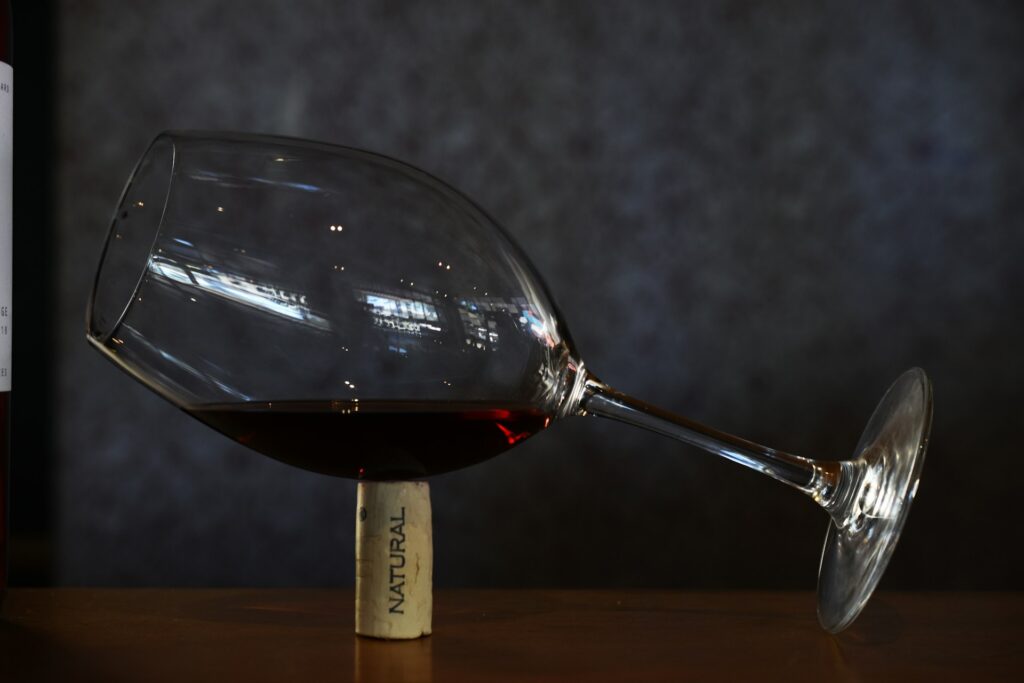
The Myth or Reality of Wine’s Aging Curve
The aging curve of wine is a topic of much debate. While some wines display a clear trajectory from youth to maturity and decline, others may not follow a predictable path. Have you experienced wines that defied expectations in their aging journey?
Debunking Myths: Not All Wines Are Meant to Age
It’s a myth that all wines improve with time. The aging of wine is influenced by factors like tannins and acidity. For instance, a robust Cabernet Sauvignon may develop with age, while a fresh Chenin Blanc is often best enjoyed young. What are your thoughts on the complex chemical changes that define aging wines?
The Truth About Red vs White: Which Ages Better?
Some believe red wines age better due to malolactic fermentation and tannins, which can lead to greater complexity over time. Whites, however, can also age well, especially when they have high acidity or are barrel-aged. Have you had a white wine that surprised you with its aging potential?
Coates’ Law of Maturity: A Guiding Principle for Wine Collectors
Coates’ Law of Maturity suggests that wines should be consumed during an optimal window when their qualities are most expressive. This principle encourages collectors to consider the balance between fruit and structure when deciding to age a bottle. Do you follow any guidelines when aging your wines?
The Final Sip: Embracing Wine’s Aging Journey
As we reach the end of our bottle’s journey, we appreciate the time and craft that went into making it just right. From the cool, dark cellars to the carefully controlled temperatures, every step is about patience and skill.
Aging wine is like a dance between time and taste. It’s not just about waiting; it’s the expertise behind each bottle. From the selection of wine varietals like Cabernet Franc to the guidance of a master of wine like Jancis Robinson, each decision influences how the wine improves. Have you ever tried a Plavac Mali or a Vin de, noticing how they evolve over time? Tell us about your experiences with these or other wines you’ve watched transform.

Sed non elit aliquam, tempor nisl vitae, euismod quam. Nulla et lacus lectus. Nunc sed tincidunt arcu. Nam maximus luctus nunc, in ullamcorper turpis luctus ac. Morbi a leo ut metus mollis facilisis. Integer feugiat dictum dolor id egestas. Interdum et malesuada fames ac ante ipsum primis in faucibus.
